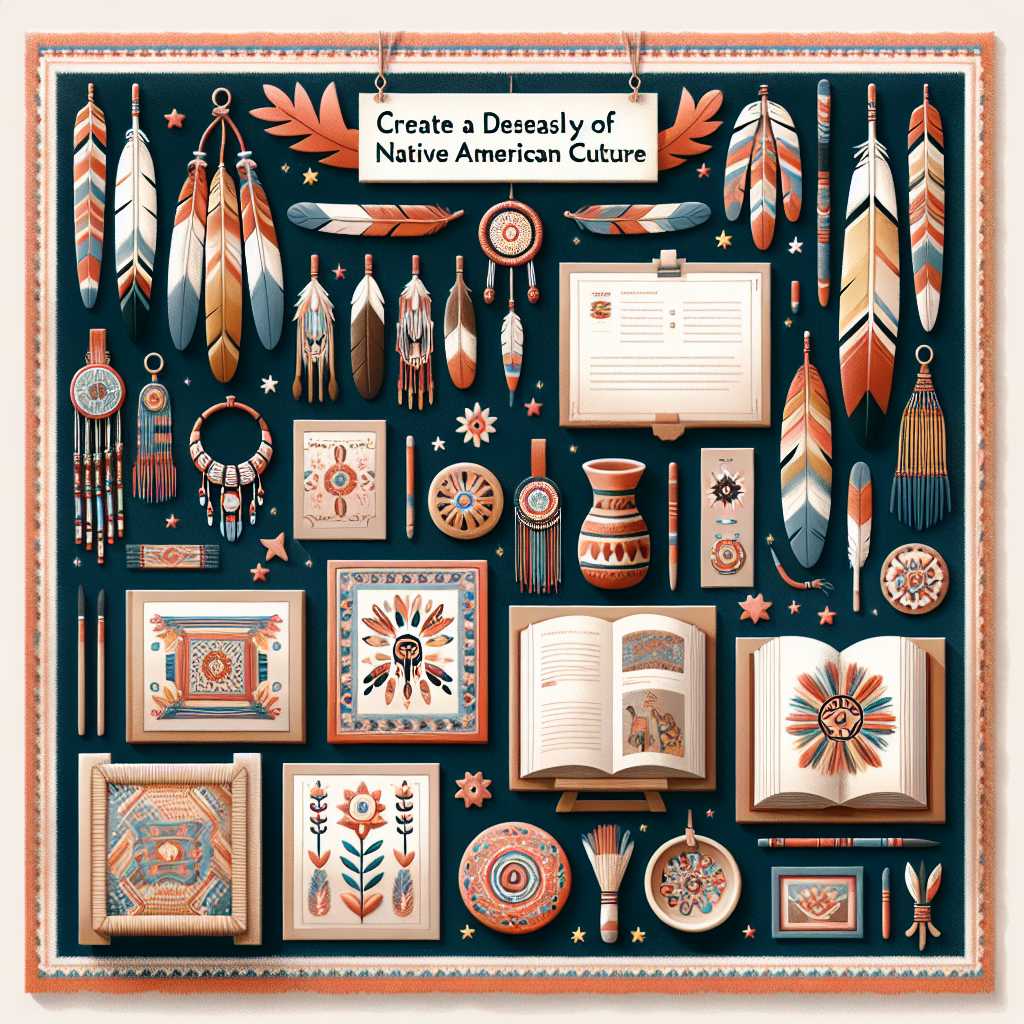Understanding National Native American Heritage Month: A Comprehensive Overview
Introduction to National Native American Heritage Month
National Native American Heritage Month, observed in the United States throughout November, serves as an important acknowledgment and commemorative period honoring the rich cultures, traditions, histories, and significant contributions of Native Americans to the nation’s heritage. Established to offer insight into the diverse Indigenous peoples’ history and their enduring legacy, it’s a time for both acknowledging past tribulations and celebrating the myriad achievements of America’s first inhabitants.
Historical Origins and Significance
The beginnings of what would become National Native American Heritage Month trace back to efforts made by various individuals and organizations advocating for federal recognition of the significance of Native American cultures. Dr. Arthur Caswell Parker, a Seneca Indian and the director of the Rochester Museum in New York, is one of the pioneers who encouraged the establishment of an “American Indian Day”. It was from these early efforts that the seeds for a wider recognition were sown.
In 1986, Congress passed Pub. L. 99-471 which authorized and requested President Ronald Reagan to proclaim the week of November 23-30, 1986, as “American Indian Week”. After several similar proclamations in subsequent years designating a day or a week to honor Native Americans, it wasn’t until 1990 that President George H.W. Bush approved a joint resolution designating November 1990 “National American Indian Heritage Month.” Since then, each president has issued annual proclamations endorsing November as National Native American Heritage Month. Subsequent resolutions have led to support for such recognition by various states, compounding its significance across the nation.
Cultural Celebrations and Events
Throughout National Native American Heritage Month, a multitude of events including powwows, traditional dances, art exhibits, conferences, lectures, and more are organized both by Native communities and institutions like museums and universities. These events typically aim to educate the public about the traditions and cultures of Native Americans in a manner that respects and honors their heritage. Educational initiatives also seek to address historical inaccuracies and perpetuate an objective understanding of Native Americans’ crucial role in United States’ history.
Organizers often collaborate with tribes to create events that illustrate the diversity within Native cultures while honestly confronting misconceptions and stereotypes that commonly exist outside these communities. Moreover, these events act also as platforms for discussing contemporary issues faced by Native Americans including sovereignty rights, environmental activism, and social justice endeavors spearheaded by indigenous groups.
Impact on Communities and Advocacy Efforts
National Native American Heritage Month also puts a spotlight on current issues experienced within Native communities. From political discussions surrounding Native Americans’ sovereignty and land rights to social debates concerning the preservation of languages and customs that risk extinction, this period ignites conversations related to advocacy and support for particular causes.
One particular focus area has been health disparity experienced among native populations propelled into mainstream discussions due to outwardly disproportionate health outcomes – an issue exacerbated by Covid-19’s grave impact on tribal nations. Such awareness events have catalyzed policy dialogues aiming at health reform and targeted aid.
Moreover, this month serves as a poignant reminder of the need for continuous respect for treaties signed between these nations and the U.S government—a matter often relegated amidst political turnover and priority shifts. The engagement around these issues provides an annual opportunity to reassess commitments to advocacy work directed at substantive change – such as combating socioeconomic disadvantages persistent in many native communities – stirring public support under the umbrella of increased heritage awareness.
Educational Focus: Schools and Institutions
An integral aspect of National Native American Heritage Month is its role in educational contexts. Schools across all levels participate by adjusting curricula to incorporate a more robust look into Native American histories and present-day realities. This manifests through reading lists tailored around indigenous authors, special class projects dedicated to researching tribes or pivotal historical events such as The Trail of Tears or The Wounded Knee Massacre, and inviting speakers from Native communities.
Moreover, institutions use this month as an opportunity to boost existing diversity in resource materials ensuring a factual representation of all aspects related to America’s Indigenous peoples including their contributions to science, governance, arts, military service among other areas often overlooked.
Notes
Image Description
An image portraying a cross-section of different symbols emblematic of various Native American cultures including jewelry, pottery, feathers placed beside educational resources such as books about indigenous history and cultural practices arranged within an exhibit set up ostensibly recognizing National Native American Heritage Month.

